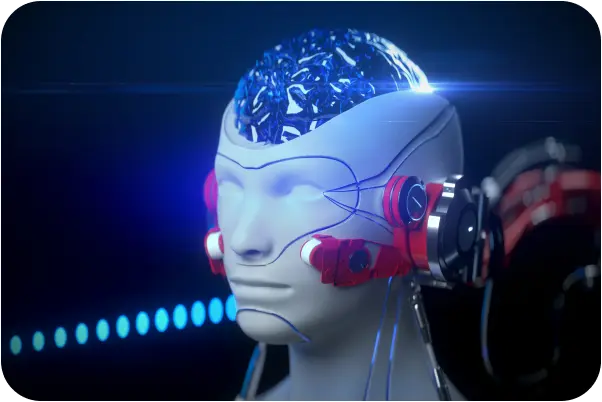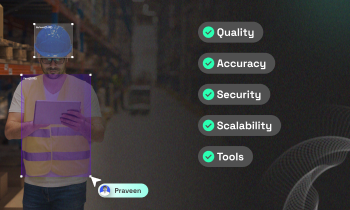What quality control steps are taken during annotation of voice cloning datasets?
Annotation
Voice Cloning
AI Model
Voice cloning datasets are pivotal for creating advanced speech synthesis systems. These datasets contain audio recordings essential for training machine learning models to produce realistic and expressive synthetic speech. Given their importance, quality control in the annotation process is vital. Without it, the datasets could lead to subpar model performance. Here’s a closer look at how quality control is maintained, focusing on the steps and tools used to ensure data reliability and effectiveness.
Why Quality Control is Essential in Voice Cloning
The effectiveness of voice cloning systems relies heavily on the quality of training data. High-quality datasets can significantly enhance how well a model replicates a speaker's voice, capturing emotional nuances and maintaining clarity. Conversely, poor quality data can result in unnatural-sounding speech and models that fail to accurately replicate voice characteristics. Therefore, quality control is not just a step in the process—it's a foundational requirement.
Key Steps for Ensuring Quality in Voice Cloning Data Annotation
1. Adhering to Stringent Data Collection Standards
- Controlled Recording Environments: All recordings are conducted in professional studio settings. This eliminates background noise and ensures high audio fidelity, crucial for capturing the full range of voice characteristics.
- Technical Specifications: Recordings are made in WAV format with a minimum of 48kHz and 24-bit depth. Such specifications are critical for preserving the integrity and nuances of the original voice.
2. Ensuring Annotation Accuracy
- Manual Verification: Each annotation undergoes a manual verification process. This involves cross-checking the transcription and metadata against the audio to ensure consistency and accuracy.
- Expert Review: Specialists, such as trained linguists or audio engineers, review the annotations. Their expertise helps identify subtle errors that automated tools might miss.
3. Implementing Robust Quality Assurance Workflows
- Waveform Inspection: Using tools like Audacity, each audio file is visually inspected to identify defects such as clipping or noise that may not be immediately audible.
- Annotation QA Tools: Platforms like Yugo facilitate thorough reviews of transcriptions and metadata, ensuring adherence to quality standards.
4. Establishing Continuous Feedback Loops
- Performance Monitoring: Regular evaluation of how well voice cloning models perform with the annotated datasets provides insights into data quality. This feedback is crucial for identifying areas needing improvement.
- Stakeholder Input: Gathering feedback from developers and end-users helps refine the quality control processes, ensuring that the datasets meet real-world application needs.
Challenges in Quality Control for Voice Cloning Datasets
Despite rigorous processes, some challenges persist:
- Over-reliance on Automation: While automation expedites processes, it cannot replace human oversight. Automated systems may overlook nuanced errors that only expert reviewers can catch.
- Inadequate Documentation: Poor documentation can lead to inconsistencies and hamper the replication of successful quality control practices.
FutureBeeAI’s Role in Quality Control
At FutureBeeAI, we recognize the critical role of quality control in voice cloning datasets. Utilizing tools like Yugo, we ensure that every dataset meets the highest quality standards. Our expertise in speech data collection, alongside rigorous QA processes, positions us as a trusted partner in delivering reliable and scalable AI datasets.
For AI projects requiring detailed and high-fidelity voice data, FutureBeeAI's comprehensive data solutions are designed to meet your needs efficiently and ethically.
Smart FAQs
Q. What role does FutureBeeAI play in the voice cloning ecosystem?
A. FutureBeeAI provides high-quality, custom datasets for voice cloning and synthesis, connecting AI teams with verified voice contributors through a structured and compliant data pipeline.
Q. How does speaker diversity affect voice cloning quality?
A. Incorporating speakers with diverse accents, ages, and emotional expressions enhances the versatility and realism of voice cloning models, enabling better performance across various contexts.
What Else Do People Ask?
Related AI Articles
Browse Matching Datasets
Acquiring high-quality AI datasets has never been easier!!!
Get in touch with our AI data expert now!








